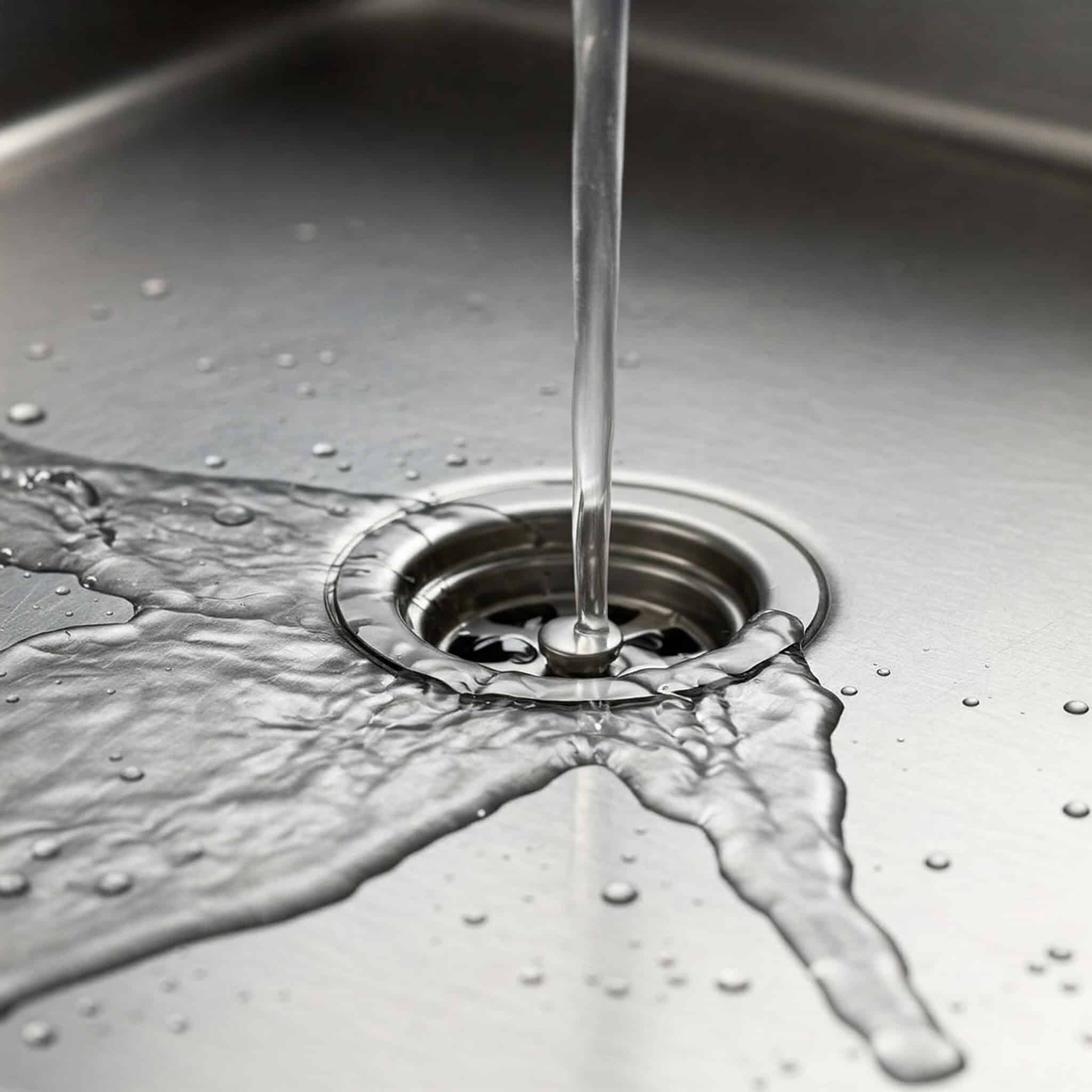
Question: How Far Can a Kitchen Sink Drain Run Horizontally?
Answer: How far a kitchen sink drain can run horizontally depends on the pipe diameter. Maintain a 1/4-inch slope per foot for your drain line to ensure proper flow, regardless of the distance. For longer kitchen drain runs, a 2-inch pipe is recommended.
Understanding Kitchen Sink Drain Lengths
A properly functioning kitchen sink drain is essential for a comfortable home. This article explores the practical limits of horizontal kitchen sink drain pipes. We will cover important considerations, including building codes, pipe size, and slope requirements.
Horizontal Kitchen Sink Drain Runs
The maximum horizontal distance a kitchen sink drain can run depends on several factors, including local plumbing codes and the diameter of the pipe. Most codes permit a maximum horizontal drain run of 5 feet for 1 ½-inch diameter pipes, the standard size for kitchen sinks. For 2-inch pipes, codes may allow longer runs. Always check your local plumbing codes for specific requirements.
Exceeding these recommended lengths can lead to drainage problems. Longer horizontal runs risk reduced drainage efficiency and increased chances of clogs.
Click the link to read more about Blue Kitchen Refacing
Related Article: Is Plumbers Putty or Silicone Better for Kitchen Sink Drains?
Related Article: What is the Best Sealant for Kitchen Sink Drains?
Impact of Pipe Diameter on Drain Length
The diameter of the drain pipe influences the permissible horizontal run. Larger diameter pipes, such as 2-inch pipes, allow for longer horizontal runs compared to smaller 1 ½-inch pipes. The increased capacity of larger pipes helps maintain flow velocity and reduces the risk of clogs, even over longer distances. However, using larger pipes might require adjustments to existing plumbing systems.
Choosing the right pipe size requires balancing cost, practicality, and local code compliance.
Vents and Their Role in Drainage
Proper venting is essential for a well-functioning drainage system. Vents allow air to enter the drainage system, preventing a vacuum that could slow or stop drainage. They also help remove sewer gases from the house. Plumbing codes dictate vent placement and sizing relative to the drain line. Without adequate venting, even a properly sloped and sized drain line may not function efficiently.
Consult your local plumbing code for the specific vent requirements.
Common Drainage Problems and Solutions
Slow drainage is a common issue in kitchen sinks. Several factors can contribute to this, including clogs, insufficient slope, or inadequate venting. If your sink drains slowly, try using a plunger or a chemical drain cleaner. If these simple solutions don’t work, you may need to call a plumber to inspect the drain line.
Another common issue is gurgling sounds from the drain. This typically indicates a venting problem. A plumber can diagnose and resolve venting issues. Regular maintenance, such as flushing the drain with hot water and baking soda, can help prevent clogs and keep your drainage system functioning smoothly.
Prevention is always better than cure. Understanding the basics of drain pipe length, slope, and venting can save you from costly repairs and inconvenience.
Local Plumbing Codes
Local plumbing codes are crucial in determining the maximum horizontal distance your kitchen drain can run. These codes vary by jurisdiction and are designed to ensure safety and proper functionality. They provide specific guidelines regarding pipe sizes, slopes, and venting requirements for drain lines.
Ignoring these codes can lead to various problems, including slow drainage, clogs, and even potential health hazards. Consulting with a local plumbing inspector is always recommended before undertaking any plumbing work. This ensures your project meets all code requirements and avoids potential problems down the line.
Staying informed about local regulations keeps your plumbing system efficient and safe.
Conclusion
Determining the optimal horizontal run for your kitchen sink drain requires a careful assessment of several factors. Understanding local plumbing codes, pipe diameter, and slope requirements are key to a properly functioning drain system. While this information provides a general overview, consulting a qualified plumber for advice tailored to your specific situation is always recommended. A well-designed and installed drain system is vital for a comfortable and efficient kitchen. [ 1 ]
References
1. https://www.jlconline.com/how-to/plumbing/maximum-length-for-fixture-drains_o/

Blue Malue Get in touch with Blue here.
